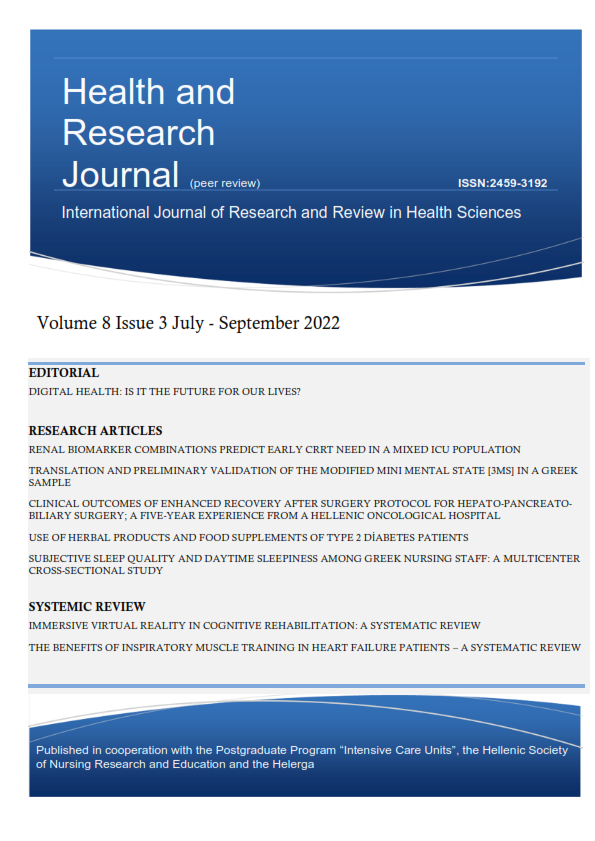Use of Herbal Products and Food Supplements of Type 2 Diabetes Patients

Abstract
Background: It is important to know the herbal products and food supplements used by individuals with diabetes in the management of type 2 diabetes. This study aims to examine the use of herbal products/food supplements in glycemic control of individuals with type 2 diabetes.
Method and Material: This descriptive study, three government hospitals Diabetes Monitoring and Education Clinic in Turkey, was performed with 118 individuals with type 2 diabetes who volunteered to participate. The data were collected using the Introductory Information Form and the Data Form questioning the use of herbal products / food supplements.
Results: It was determined that 28.8% of the participants used herbal products for glycemic control. Herbal products most frequently used by herbal product users are; cinnamon (29.4%), lemon and yoghurt (23.5%) and olive leaves (20.5%). A statistically significant difference was found between the use of herbal products with gender and education (p <0.05).
Conclusion: It was determined that one of the three diabetic individuals included in the study used herbal products and no food supplement use was observed. It was determined that women prefer herbal products more than men, high school and university graduates than primary school graduates, and most of them did not inform health professionals that they used herbal products. It is recommended that more evidence is needed on the effectiveness and safety of herbal product use, and training on the use of herbal products should be organized for healthcare professionals and individuals with diabetes.
Article Details
- How to Cite
-
ÇINAR, D., Yava, A., Olgun, N., Koyuncu, A., & Eti Aslan, F. (2022). Use of Herbal Products and Food Supplements of Type 2 Diabetes Patients. Health & Research Journal, 8(3), 202–213. https://doi.org/10.12681/healthresj.28694
- Section
- Original Articles
Copyright notice:
The journal "Health and Research Journal" reserves the rights for copyright of the content of the website and also the copyright of the articles published.
By virtue of their appearance in this journal, the articles are free to be used for non-commercial purposes. However, the articles cannot and must not be used in anyway, published elsewhere or modified without any reference to the author and the first publication of the article.


